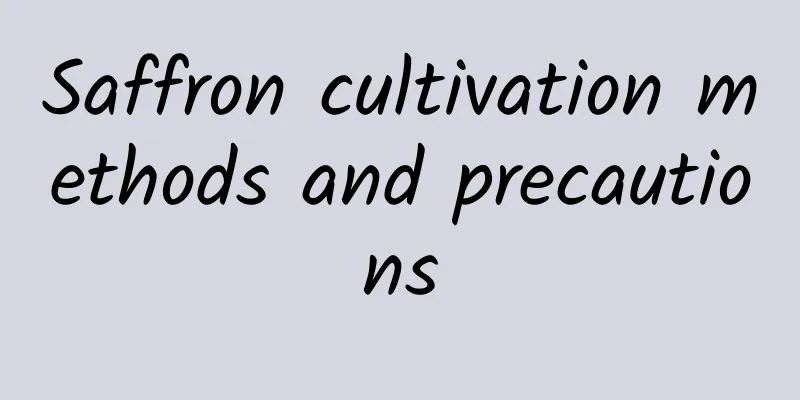The most thorough way to solve the problem of repeated cropping: the harm of repeated cropping and its treatment methods

The harm of continuous croppingAfter some melon growers planted melons repeatedly for many years, red moss appeared in the soil. The melons' root systems developed slowly during the entire growth process, and the situation of dead seedlings and rotten vines became more and more serious. It can be said that repeated planting brought direct losses to melon farmers. In addition, after some vegetables are planted again and again, there will be problems such as insufficient soil nutrients and an increase in pests and diseases , which has a lot of impact on agricultural planting. How to solve the problem of repeated croppingHigh temperature greenhouseIn the summer, you need to take one to one and a half months to keep the greenhouse hot and stuffy. There are two things to pay attention to: First, the soil should be tilled twice. The tillage depth should be 20 to 25 centimeters. The soil can be covered with a mulch mainly made of lime and nitrogen. Second, something to note is that when flooding, make sure to water thoroughly at one time, and then start keeping the greenhouse sealed for a month. Use of microbial agentsUse organic fertilizer or biological fertilizer to increase and repair soil microbial flora, release nutrients such as phosphorus and potassium fixed in the soil, and trace elements. This can increase soil permeability, improve the soil environment, and reduce soil salinity, thereby achieving the purpose of improving the soil. There are many types or categories of microbial agents on the market. Farmers should not be overwhelmed when choosing. It is recommended that farmers use two criteria when choosing: The first standard : The number of live bacteria is greater than or equal to 200 million standard units. The second criterion : you must see whether the fungal species are complete. It is best to contain Trichoderma harzianum, Trichoderma pseudokoningii, and em fungus at the same time. Root irrigation treatmentWe can also use chemicals to treat it . According to the type of disease, we can choose the appropriate chemical for disinfection. Once we find the early symptoms of dead seedlings or rotten plants in the field, it is best not to use carbendazim or ethopropion for root irrigation. Because these substances have already developed a certain resistance, it is recommended that farmers use 50% chlorobromoisocyanuric acid for root irrigation . At the same time , use amino acid nutrients and irrigate once every 7 days, while controlling humidity and temperature. |
<<: Why can't you grow cactus at home? What are the rules for growing cactus at home?
Recommend
How to deal with rotten roots of green radish (hydroponics and soil culture treatment methods)
1. How to deal with root rot in hydroponics 1. Af...
Breeding techniques of white jade snail
As a breeding industry that has emerged in recent...
What are the varieties of solid bamboo?
1. Phyllostachys pubescens This plant is a relati...
How to grow Ulmus pumila bonsai
1. Maintenance methods 1. Soil: The small-leaved ...
Is the bamboo begonia poisonous?
Is it toxic? First of all, I can tell you with co...
How to propagate cherry trees and what to pay attention to
Cherry Blossom Tree Propagation Method Cherry blo...
What flowers are the most auspicious to grow in the living room?
1. Good fortune As the name suggests, the flowers...
How often should you water a banyan bonsai?
How often should you water a banyan bonsai? The f...
How to prune kiwifruit? Pruning time and technology
Kiwi pruning time Kiwifruit grows fast, so it mus...
Can violets be placed in the bedroom?
1. Is the fragrance of flowers poisonous? The ans...
The efficacy and effects of Artemisia annua
1. Clear away heat Artemisia annua has the effect...
How to deal with white mold on the leaves of Kalanchoe?
Kalanchoe is a popular houseplant known for its l...
How to grow moss on banyan bonsai? Will it affect the ventilation of the bonsai?
1. How to grow moss on banyan bonsai Keep moist: ...
How to grow Australian Dendrobium to make it bloom
Australian Dendrobium flowering time Generally sp...
Plants that live entirely in the air? Just leave it there and don't worry about it
Plants living in the air There is only one plant ...









